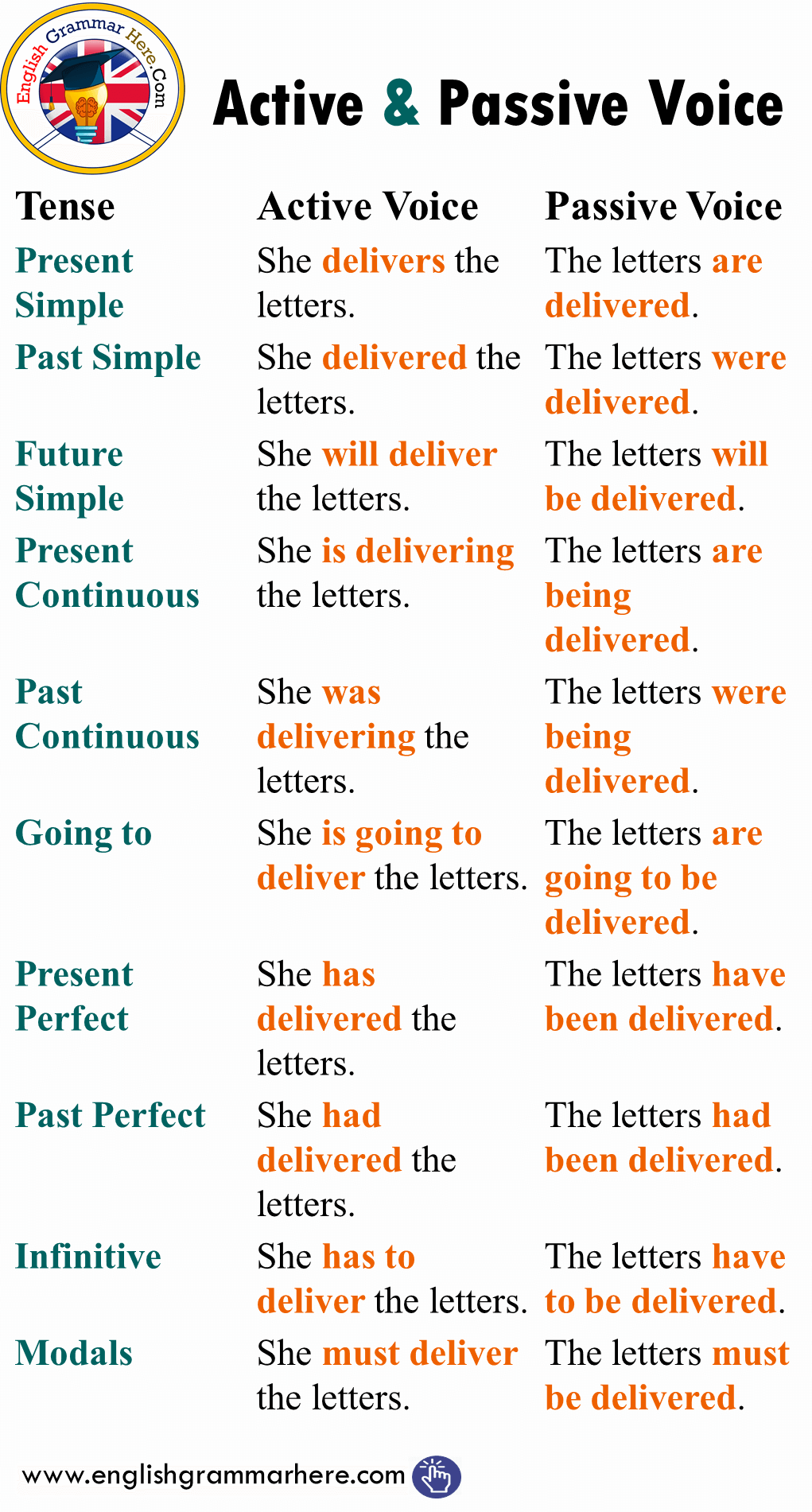Grammar plays a crucial role in shaping the way we communicate. One of the fundamental concepts in grammar is the understanding of active and passive voice. These two types of constructions affect the way sentences are structured and the focus of the sentence. By mastering active and passive voice, you can enhance the clarity and effectiveness of your writing.
Active and passive voice are essential elements in English grammar that can significantly impact the way a sentence is structured. The choice between active and passive voice depends on the context and the emphasis you want to place on the subject of the sentence. Understanding the differences between these two forms of grammar is important for effective communication.
Active and Passive Grammar
In active voice, the subject of the sentence performs the action. This construction is straightforward and direct, making it ideal for emphasizing the doer of the action. For example, “The cat chased the mouse.” In this sentence, the cat (subject) is performing the action of chasing the mouse.
On the other hand, passive voice shifts the focus from the subject to the object of the action. In passive voice, the object of the action becomes the subject of the sentence. For example, “The mouse was chased by the cat.” In this sentence, the mouse (object) becomes the subject, and the cat is now the doer of the action.
Using active voice can make your writing more engaging and dynamic, as it highlights the actions and responsibilities of the subject. On the other hand, passive voice can be used to emphasize the object or the receiver of the action, especially when the doer is unknown or less important in the context of the sentence.
It is essential to use active and passive voice judiciously to ensure clarity and coherence in your writing. Both forms of grammar have their own strengths and weaknesses, and choosing the right voice can have a significant impact on the effectiveness of your communication.
In conclusion, mastering active and passive grammar is crucial for effective communication. By understanding the differences between active and passive voice, you can enhance the clarity and impact of your writing. Whether you choose to use active or passive voice depends on the context and the emphasis you want to convey. Practice using both forms of grammar to become a more versatile and proficient writer.
